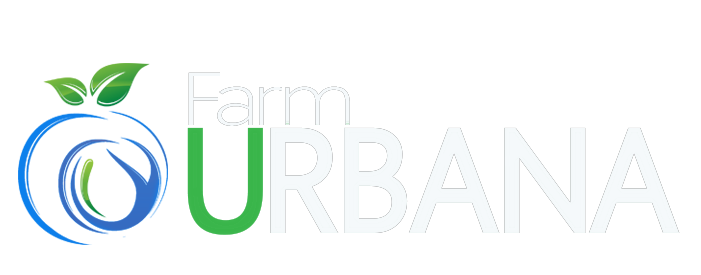Rooftop Aquaponics
World’s First Commercial Rooftop Aquaponic Farm by David Thorpe
Urban farming comes in many shapes and forms: from traditional farming, to permaculture, hydroponics, aeroponics, and aquaponics. These new farming systems will help develop more produce in urban environments and have more residents be engaged in providing food to their families and communities. David Thorpe focuses on aquaponics, and how it has grown commercially in Switzerland. This type of farming will show how to save land, water, and provide more food to overpopulated cities and countries.
Aquaponics – aquaculture (fish farming) + hydroponics (growing plants without soil) – could furnish 12% of a person’s diet per 3m2 of roofspace, according to a prototype study. From a small unit you can harvest both fish (usually tilapia) and vegetables, while using the waste from the fish to feed the plants and the plants to clean the water for the fish.
Lots of people are interested in aquaponics – more than hydroponics for example but there are few examples and data is hard to find. Basel, Switzerland hosts the only commercial example in Europe, situated on a rooftop of LokDepot.
It’s a brainchild of the Institute of Natural Resources Sciences. The Institute focuses on biological farming, ecological engineering, integrative ecology, landscape and urban greening and has pursued 20 years of development and research into fish species and a broad array of vegetables grown under different conditions.
According to Ranka Junge of Zhaw Zurich university, speaking at the International Conference on Vertical Farming and Urban Agriculture last week, the benefits are: nutrient utilization; low water consumption; edible plant production as well as fish. But the drawbacks are that you need to know about both fish and plant production; the complex system involves a lot of expertise.
“For this reason, doing it on a commercial scale is hard,” she said. “But the advantages are no use of pesticides or antibiotics, making food local, adding greenery in the city, nearly closed nutrient cycles, reduced energy input, perfect food safety control, around a 90% reduction in water use, and that vertical farming increases efficiency.”
Roman Gaus and Andreas Graber run the world’s first commercially successful aquaponics farm at LokDepot. Costing $900,000 to build, it occupies just 26 m² and has been operating since winter 2012. It is capable of producing 5000 kg of vegetables and 500 kg of fish per year. The numbers work as follows: the main input is the fish feed which is 1 kg for ta fish harvest of 700g and between 5 and 10kg of tomatoes. 300 L of water goes in and 290L is evapotranspired to be condensed and returned (cleaned thereby) to the fish. (Fish produce ammonia and their water needs to be continually refreshed or they die: the plants do this job.) This amount of fish produces 2 L of sludge, which gives nutrients to the plants and is vermicomposted. No artificial lighting is used. In a year, it has used 20.9MWh of electricity and 32.2MWH of heat plus 763m3 of water to produce 3401kg of veg and 706 kg of fish. 10kg fish was wasted and 577kg veg wasted. So the top line is it produces 2.7 kg fish and 13.1kg veg/acre.
There is no environmental pollution and the food is organic and healthy, produced with respect to animal welfare, fresh and sustainable. In the shop, the fish sell out quickly even though the price is slightly high.
Ranka Junge has calculated that on this basis 3m² of rooftop space could feed one person 12% of their diet.
“In Basel there is 2,000,000m² of vacant rooftop space. If 5% of this rooftop space were used for aquaponics, that is 100,000m², which could feed 34,000 people or contribute 8-20% of the fresh fish and vegetable consumption in Basel,” she concludes. There are many ways in which this system could be improved, she says, such as with improved water management, building integration, climate control and energy use, but she is convinced that it is a proof-of-concept and innovative model.
Back in Basel, after completing feasibility, Roman Gaus and Andreas Graber have secured the first EUR1.0m in project funding for a new development in the Netherlands. Watch the UF De Schilde Campaign Video here. The start of production for fish and vegetables on the roof is anticipated as early as March 2016. The team has also produced a Bolt-on System to enable the seamless integration of aquaculture systems into existing (hydroponics) production models for protected crops such as vegetables, fruits or flowers.

